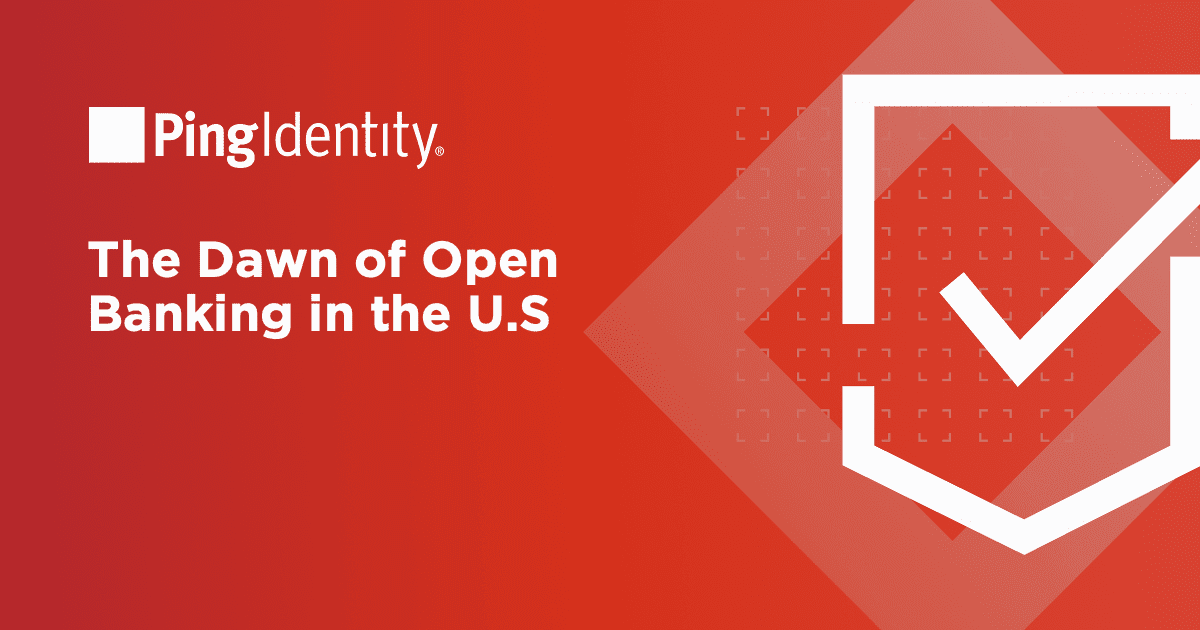With more workers requiring remote access, from telehealth providers to billing specialists, and IT teams managing an increasing number of apps and devices, you need ways to streamline operations while protecting against cyberattacks and data breaches. Key benefits of workforce IAM include:
Increase Security
Combat increasingly sophisticated threats with capabilities like API security and identity verification so you can feel confident that only the right people are accessing the right resources. Identify verification and multi-factor authentication (MFA) limit the risk of bad actors using compromised credentials or other personal identifiable information (PII) obtained through phishing attacks or stolen during data breaches. Between 2009 and 2021, almost 4,500 healthcare data breaches of 500 or more records were reported to the Health and Human Services’ Office for Civil Rights, compromising more than 314 million healthcare records.
Easy Onboarding and Offboarding
There were a lot of high-profile mergers and acquisitions in the healthcare sector in 2021. IAM eases the transition during M&A activity, as well as job changes and turnover, which can put an added strain on your HR department. Automated onboarding, offboarding, and provisioning allow you to change privileges across your organization based on roles as well as more granular attributes.
Improve Productivity
Single sign-on (SSO) lets you give workers seamless access to the resources they need. Employees typically need access to multiple apps throughout the day to do their jobs, so a single login to access all of them, rather than multiple accounts and passwords, improves productivity. For example, a call center supervisor might need access to email or other communications services, call center apps to assist patients and her employees in need of assistance, and so on. When SSO is combined with adaptive authentication, you’re able to match authentication requirements to the access being requested. By stepping up security only when warranted, such as apps with sensitive patient data, you minimize friction and deliver a better user experience.
Lower IT Support Costs
As Ping has seen with healthcare clients, data silos can cause administration inefficiencies and high costs, which can be reduced with centralized identity management. In addition to those inefficiencies, the use of passwords by employees, partners, and customers can be costly. A study by Gartner found that between 20 and 50% of all help desk calls were due to password resets, while a study by Forrester found that the help desk labor cost for each password reset was around $70.
Rather than relying on help desks for support, IAM allows healthcare organizations to provide users with self-service options that reduce their reliance on help desks for costly password resets and other account issues.
Watch this short video to see how IAM for your healthcare workforce improves security and productivity.


